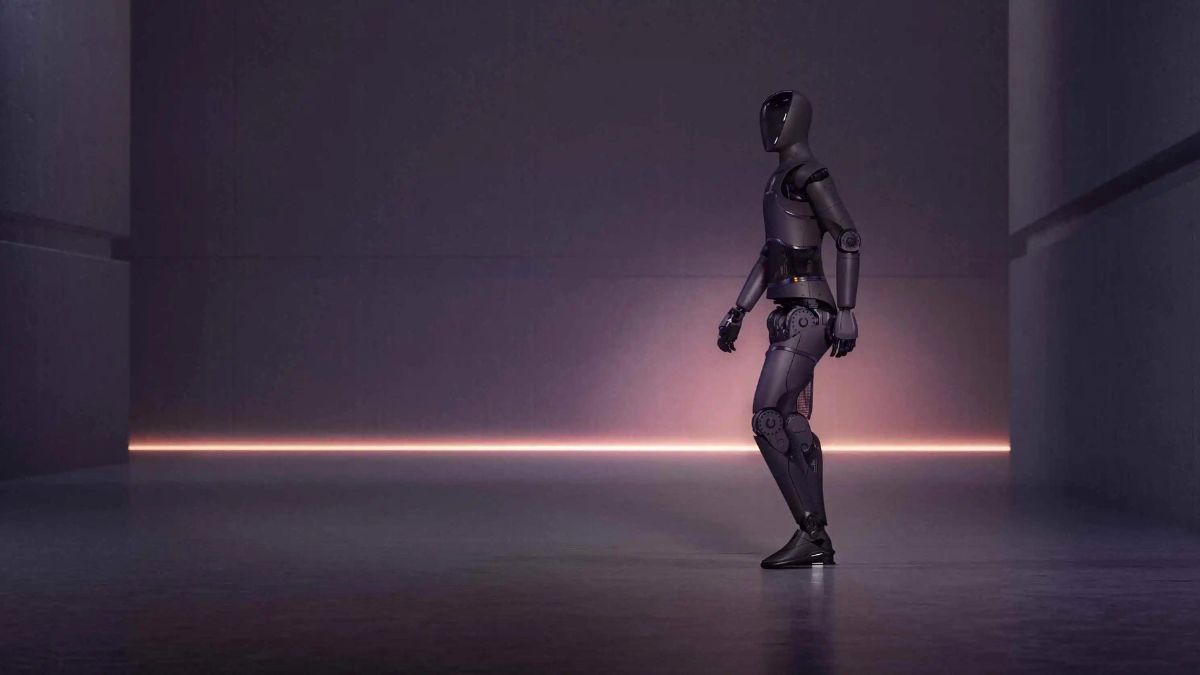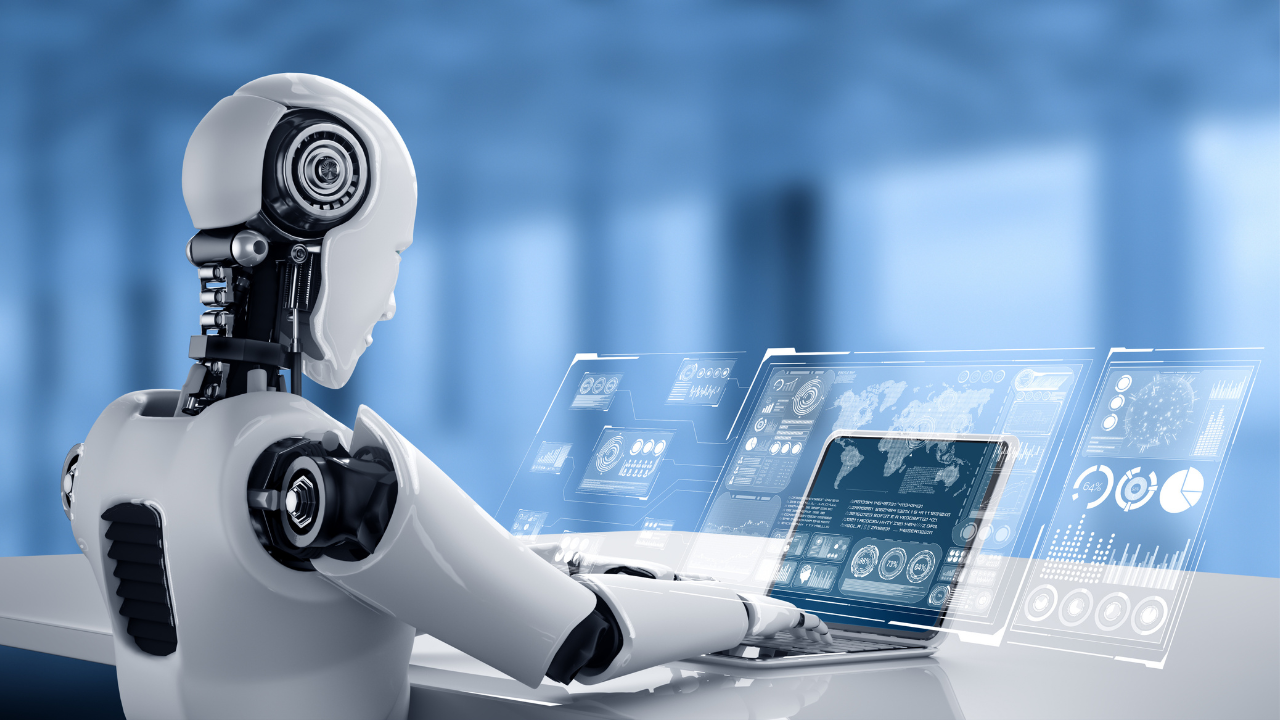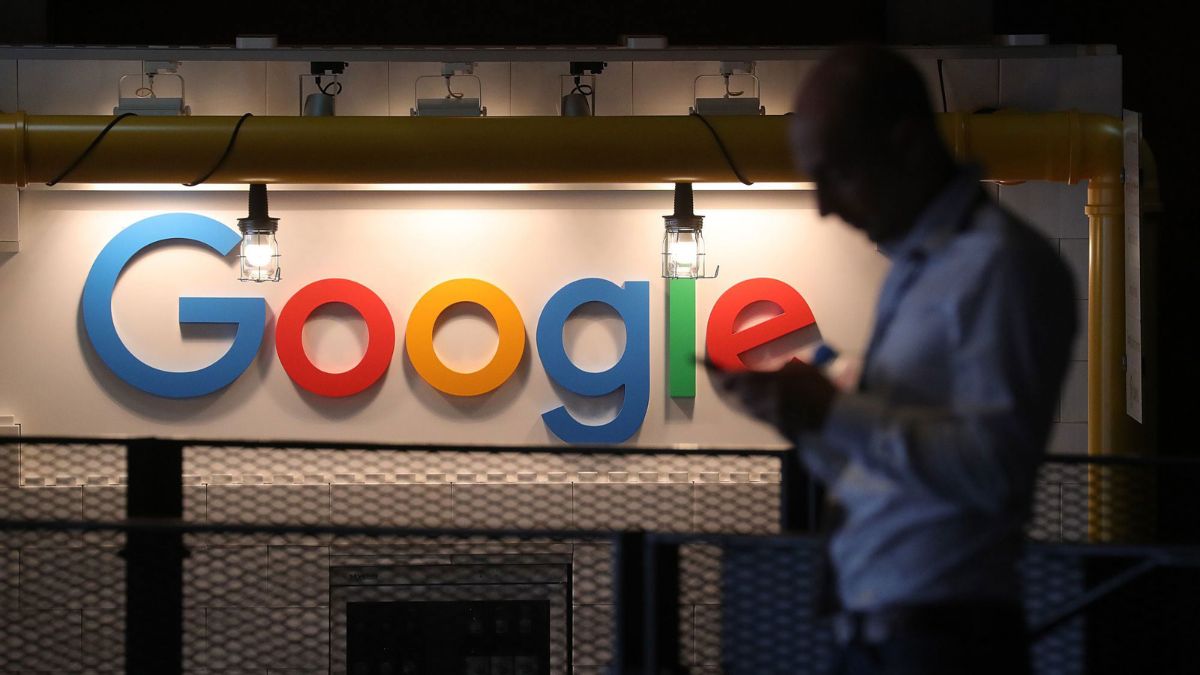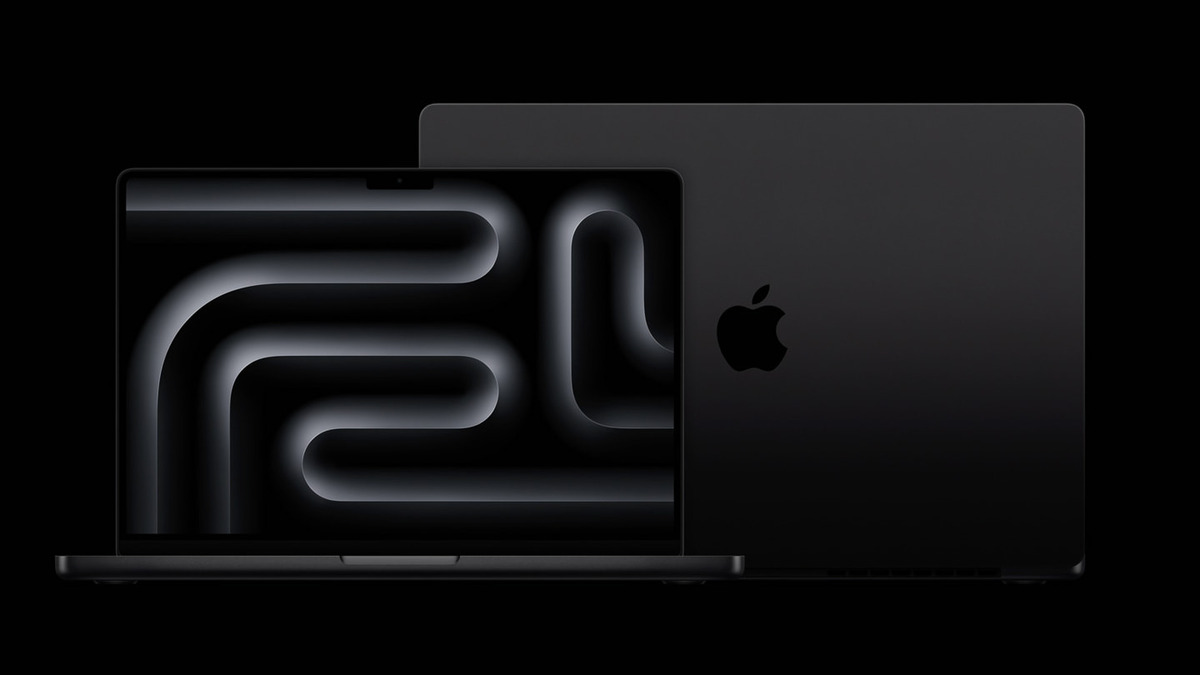Tech Company Figure Secures $70 Million Investment to Speed Up Humanoid Robot Development
May 24, 2023 By Monica Green

(Image Credit Google)
(Image credit- Tech Crunch)
The figure, a startup based in California, has accomplished a remarkable achievement by obtaining a sizeable $70 million in its initial round of outside funding.
According to the reports, Parkway Venture Capital's successful project will advance the creation of Figure's adaptable humanoid robots.
The same article states that this investment's main goal will be to speed up the production and manufacturing procedures as Figure gets ready to introduce its first autonomous humanoid in the coming months.
Insiders believe the one-year-old company is worth more than $400 million, despite the fact that its official valuation is unknown.
Additionally, the Microsoft Store will have an AI tab that includes all apps and AI-generated reviews that summarize insights.
Brett Adcock, the company's founder, and CEO, made a $20 million personal commitment as one of the investors in this capital round, demonstrating his unshakeable faith in the future success of the business.
Bold Ventures and Aliya Capital are two further significant contributors, demonstrating the widespread belief in Figure's ground-breaking initiatives.
[caption id="" align="aligncenter" width="1280"]

Image credit- Times Now[/caption]
Describe Figure
The humanoid robots from
Figure are specifically made to perform a variety of activities and operate in a variety of locations, including retail settings and warehouse settings.
According to the figure, it will aid in filling 10 million open positions in the United States, mainly in transportation, retail, and warehouses.
According to the corporation, its ultimate goal is to utilize autonomous humanoids to help international commercial operations.
With an eye toward commercialization, Figure has already started talking to shops about possible partnerships for their cutting-edge robots.
The Market for Humanoid Robots
The CEO of Figure, Adcock, places a strong emphasis on the creation of robots that are capable of handling multi-purpose duties, differentiating the company from industry heavyweights like Boston Dynamics and Amazon Robotics.
The ultimate goal is to give Figure's robots the capacity to learn from and interact with their environment, enhancing their flexibility and adaptability.
"Our firm belief is that general-purpose humanoid robots hold far greater potential than their single-purpose counterparts," says Adcock.
We can efficiently handle labor shortages and eventually do away with the necessity for dangerous or unpleasant employment by incorporating these robots into the workforce.
[caption id="" align="aligncenter" width="1200"]

Image credit- LinkedIn[/caption]
Humanoid robots that are economically viable
The drive to create humanoid robots that are economically viable has spurred rivalry and attracted both established IT behemoths and aspirational entrepreneurs.
Tesla presented a prototype of their humanoid robot, commonly known as "Optimus," last year under the direction of CEO Elon Musk.
With an anticipated price of under $20,000, Musk expressed confidence that Tesla would be able to accept orders for the robot within the following three to five years. Recently, he also predicted that there could be a 20 billion-unit robot demand.
The potential for humanoid robots to disrupt industries by automating processes currently dependent on human intervention is the driving force behind the growing interest in these machines.
These adaptable robots have the potential to greatly improve productivity, efficiency, and safety across numerous industries, from manufacturing to customer service.
Also read:
Tesla’s 4680 Battery Production Rate Can Now Produce 1,000 EVs Per Week
Additionally, employing humanoid robots eliminates labor shortages, particularly in repetitive or physically demanding jobs. Companies can lower the risk of work-related accidents while streamlining operations and maximizing resource allocation by substituting machines for people in these positions.


 Image credit- Times Now[/caption]
Image credit- Times Now[/caption]
 Image credit- LinkedIn[/caption]
Image credit- LinkedIn[/caption]






